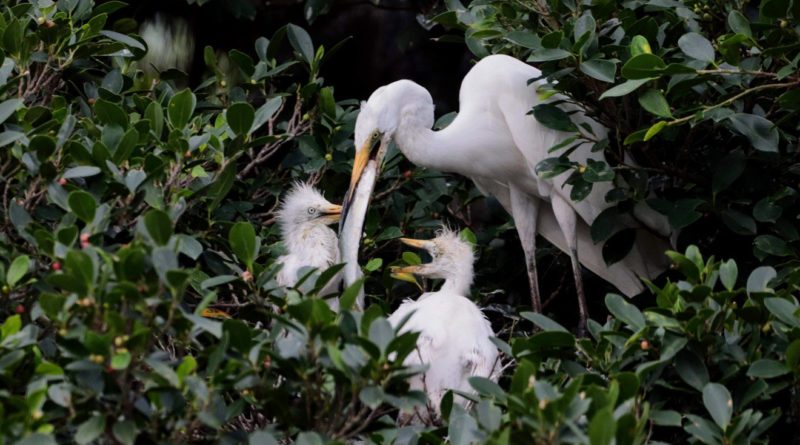Using AI to Study Birds in Hong Kong Conservation Project
Penfold Park in Sha Tin, Hong Kong is a major habitat for egrets and other bird species. Unfortunately, a nearby sewage treatment plant has been disturbing wildlife in the area. The plant is located less than a half a mile from the park and lies directly under the daily flight path of the egrets. The city’s Drainage Service Department is looking to relocate the plant to an area that would be less of a hindrance to the local bird population.
To pick the best possible location, officials are turning towards artificial intelligence to study the nearby bird species. It’s hoping to pick up on habits and exactly what species are frequenting the park. This information will help them figure out the best possible place to move the plant to.

credit: Sha Tin Drainage Services Department
Cameras and Sensors Track Birds
Along with a data center, there are 15 flower pot shaped devices around the park. They are packed with six cameras along with sound and vibration sensors. A glass dome surrounds each device helping to protect them from the elements.
The devices are able to track and identify the bird species via images and sound. They then stream this information to the data center to be analyzed. The AI can even cross check calls of different species and track the movement of an individual bird to avoid double counting when birds are in a group. To learn how to identify the different species, the AI was trained on pictures and 3d models of all types of birds on various backgrounds.

credit: May Tse
AI With 90% Accuracy in Identifying Bird Species
According to officials, the system can accurately identify a species more than 90 percent of the time, as long as the bird is in full view. If part of the animal’s body is hidden from its cameras, the rate drops to 70 to 80 percent. The devices are able to collect data 24 hours a day in all types of weather conditions.
This is an upgrade from the human bird watchers who are only able to collect a small amount of data per day. The system has tracked and observed species including the great egret, little egret, Chinese pond heron, black-crowned night heron, and grey heron.
“We hope to do more to monitor birds comprehensively, over a longer period of time and regardless of weather, by introducing AI technology,” said Carol Yip Lai-yuk, engineer of the department’s sewerage projects division.
According to the Hong Kong Birdwatching Society, the system could also be useful for analyzing birds who nest in places that are hard to properly view, or when population numbers get too large to count manually.
Check out our articles on raspberry picking robots in the UK and Soccer teams using AI to gain an edge.

